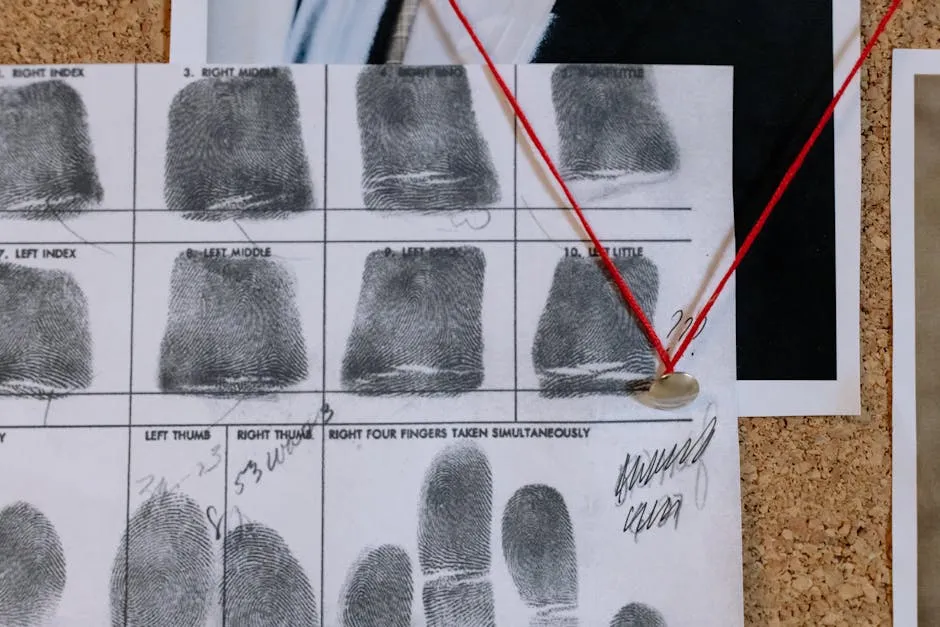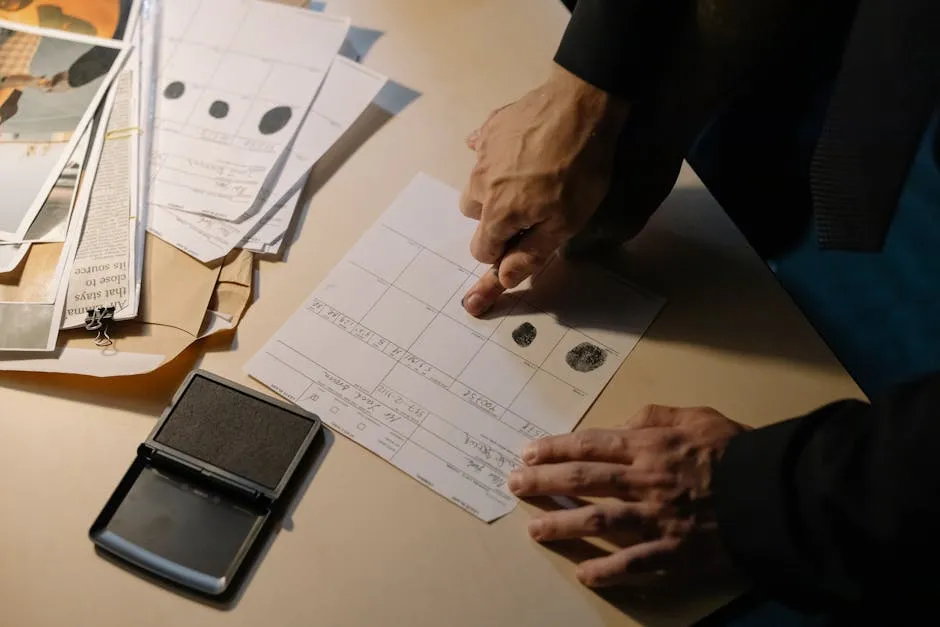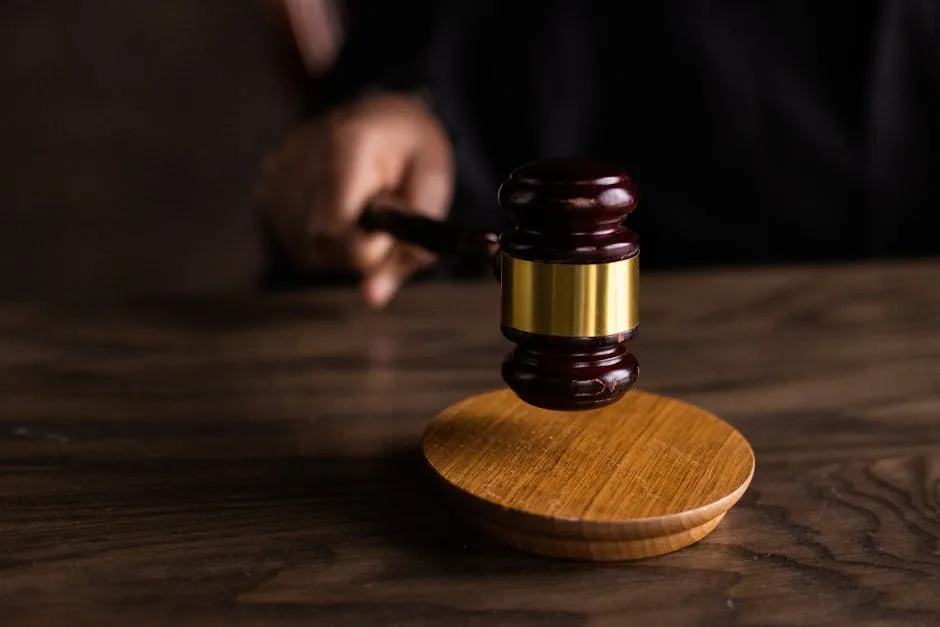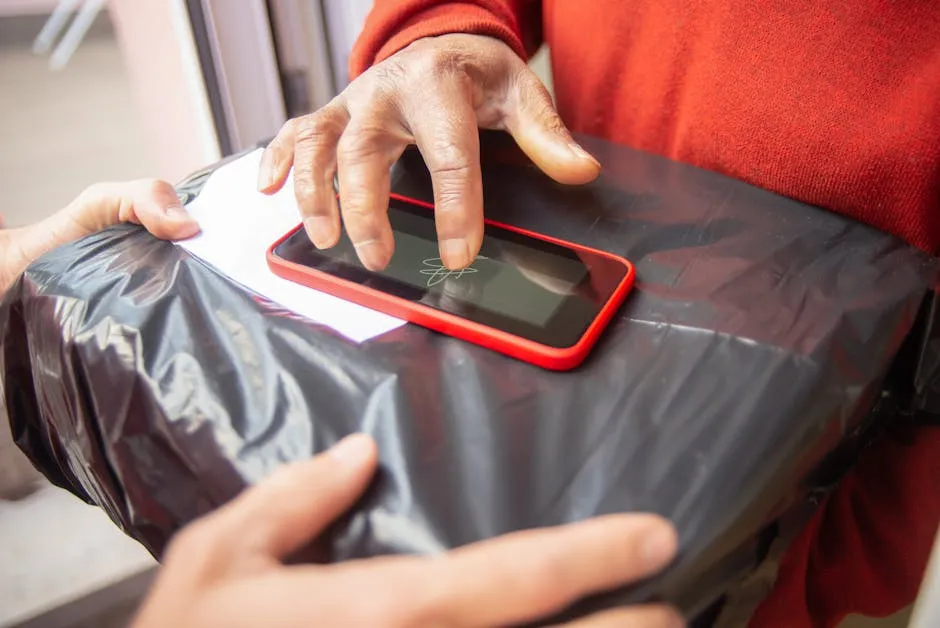Introduction
Forensic signature court reports are critical in legal cases. They help determine if a signature is authentic or forged. Forensic handwriting analysis plays a vital role in this process. Establishing authenticity is essential for documents like contracts and wills.
Summary and Overview
Forensic signature court reports provide a thorough examination of signatures or handwriting. These reports are significant in the judicial system, offering expert insights into disputed documents. Handwriting analysis is crucial in various legal contexts, including fraud cases, inheritance disputes, and contract validations.
The reports assess the authenticity of signatures, helping to resolve conflicts in legal matters. For instance, they are often used to confirm the legitimacy of a will or validate a business contract. The integration of technology, such as digital analysis tools, has become increasingly important, enhancing the accuracy of handwriting evaluations. This evolution reflects the growing need for precision in forensic analysis within the legal framework.

If you’re looking to dive deeper into the world of handwriting analysis, consider grabbing a copy of the Forensic Handwriting Analysis Book. It’s packed with information that can help you understand the nuances of this fascinating field!
Understanding Forensic Signature Court Reports
What is a Forensic Signature Court Report?
A forensic signature court report is a legal document crafted by a forensic handwriting analyst. Its main purpose is to assess the authenticity of a signature or handwriting in legal disputes. This report evaluates various elements, including the shape, size, spacing, and slant of the signatures compared to known examples.
Typically, the report includes detailed findings, observations, and conclusions drawn from the analysis. It may also incorporate visual aids, such as photographs or charts, to support these findings. The credentials of a forensic document examiner are crucial. These professionals often hold advanced degrees in forensic science and undergo specialized training. They may also be certified by recognized organizations, ensuring their expertise in this field.

If you want to take your analysis skills to the next level, consider using a Digital Signature Verification Software. This tool can help streamline your analysis and ensure accuracy in your reports.
Importance of Forensic Signature Court Reports
Legal Significance
Forensic signature court reports play a vital role in legal proceedings. They provide critical evidence regarding the authenticity of signatures, which can significantly influence case outcomes. In many instances, these reports become the cornerstone of legal arguments, especially in fraud cases, inheritance disputes, and contract validations.
For example, in a notable fraud case, a forensic signature report proved a signature was forged, leading to a favorable ruling for the victim. Similarly, in inheritance disputes, these reports can confirm whether a deceased person’s signature on a will is genuine, affecting rightful heirs. The impact of forensic signature analysis extends beyond individual cases; it helps maintain the integrity of the legal system. By ensuring that only legitimate signatures are recognized, these reports uphold trust in legal documents and contracts.
In various high-profile cases, signature verification has been essential. Take the case of Howard Hughes’ estate, where disputed wills hinged on signature authenticity. The forensic report’s findings were pivotal in determining the rightful heir. Such instances highlight the reports’ significance in shaping legal outcomes and establishing document authenticity.

If you’re interested in learning more about the legal aspects, grab a copy of the Legal Evidence Handbook. It’s a great resource for understanding evidence in legal contexts!
Types of Cases Involving Signature Reports
Forensic signature reports are crucial in various legal scenarios. One prominent area is fraud cases. In these instances, signatures are often forged to deceive individuals or organizations. For example, in a fraud case involving a fraudulent loan application, a forensic signature analysis revealed the signature was a forgery. This analysis helped secure a conviction, highlighting the report’s importance.
Another common scenario involves wills and inheritance disputes. Disagreements often arise about the validity of a deceased person’s signature on a will. In a notable case, forensic handwriting analysis confirmed the authenticity of a signature, allowing rightful heirs to claim their inheritance. This illustrates how signature reports can resolve family disputes and uphold legal rights.
Contract disputes also frequently hinge on signature verification. In business agreements, disagreements over a signature’s authenticity can lead to lengthy litigation. A forensic signature report can provide critical evidence to confirm whether a signature is genuine. In one case, such a report led to a favorable ruling for a business that had faced fraudulent claims.
Statistics show that signature verification plays a vital role in over 60% of contested legal cases. This underscores the relevance of forensic signature reports in maintaining the integrity of legal documents and transactions. Their application across various legal contexts emphasizes their indispensable role in modern law enforcement and judiciary systems.
Principles of Handwriting Analysis
Handwriting analysis is grounded in several key principles. First, every person’s handwriting is distinct. This uniqueness allows experts to identify individuals based on their writing style. Another principle is the consistency of handwriting over time. While there may be minor variations, the core characteristics usually remain stable. This consistency aids in establishing a signature’s authenticity.
Analysts focus on several unique features of handwriting. They examine letter formation, slant, spacing, and pressure applied while writing. These characteristics can reveal insights about the writer’s identity and emotional state. By applying these principles, forensic experts can effectively determine whether a signature is genuine or forged. This analysis is crucial in legal contexts, where authenticity can influence significant outcomes.

For those who want to practice their skills, a Handwriting Analysis Workbook can be a fun way to learn and practice the techniques of handwriting analysis!
Handwriting Signature Verification Process
Steps in Signature Verification
Verifying a signature involves a structured and thorough process. It starts with collecting exemplar signatures from the individual in question. These signatures may come from various documents, such as contracts, letters, or checks. The goal is to obtain a diverse range of samples to ensure accuracy.
Once exemplars are collected, the next step is comparative analysis. Forensic document examiners meticulously analyze both the questioned signature and the known examples. They look for similarities and discrepancies in characteristics like size, shape, and overall style. Additionally, they assess less visible traits, such as speed and pressure applied during writing. These subtle details can provide vital clues about authenticity.
After completing the analysis, the examiner compiles a detailed report outlining their findings. This report includes observations, comparisons, and conclusions regarding the signature’s authenticity. It serves as a crucial piece of evidence in legal proceedings, helping to resolve disputes effectively.

The Role of Modern Technology in Verification
Modern technology significantly enhances the signature verification process. Advanced tools like Digital Analysis Software for Signature Verification allow for precise measurements and comparisons of signatures. These programs can identify even the slightest differences that might escape the naked eye.
High-resolution imaging is another valuable technological advancement. It enables forensic experts to examine signatures at a microscopic level, revealing hidden details. Techniques such as infrared and ultraviolet light help detect alterations or forgeries that may not be visible under normal lighting conditions.
Automated verification systems are increasingly used, especially in banking and finance. These systems analyze dynamic characteristics, such as the speed and pressure of the signature, comparing them to pre-stored samples. This integration of technology not only speeds up the verification process but also improves accuracy, making it easier to identify forgeries.

Real-Life Cases: Significance of Court Reports
Landmark Cases
Forensic signature court reports have proven crucial in many landmark cases. One notable example is the infamous Howard Hughes estate dispute. Various wills surfaced, each claiming to reflect Hughes’ final wishes. The authenticity of his signature was in question, and the forensic report was vital. The analysis concluded that none of the signatures matched Hughes’ known writing. This finding led to the court ruling that Hughes died intestate, significantly impacting the rightful heirs.
Another significant case involved a fraudulent loan application where a signature was forged. The forensic signature report revealed inconsistencies in the questioned signature, which were pivotal in securing a conviction for fraud. These cases illustrate how forensic signature analysis can uphold justice and protect individuals’ rights.
Additionally, in a contract dispute between two companies, a contested signature on a key agreement sparked legal battles. The forensic report confirmed the signature was indeed a forgery. This evidence not only resolved the case but also reinforced the importance of due diligence in business transactions. Such cases highlight the essential role of forensic signature court reports in the legal system, influencing outcomes and establishing trust in documentation.
Tips for Hiring a Forensic Document Examiner
Credentials to Look For
When hiring a forensic document examiner, specific qualifications matter. First, certification from reputable organizations, like the American Board of Forensic Document Examiners, is essential. This certification indicates the examiner’s expertise in the field and commitment to high standards.
Secondly, consider their educational background. A degree in forensic science, criminology, or a related field signals a strong foundation. Experience in law enforcement or previous court testimonies also adds credibility.
Practical experience is crucial. Look for examiners who have worked on similar cases, as this can affect their familiarity with specific challenges. Overall, these credentials help ensure that you engage a qualified professional capable of delivering accurate and reliable results.

For a comprehensive guide on this topic, check out the Forensic Document Examiner Certification Guide. It provides useful insights into the certification process and what to look for in an examiner!
Questions to Ask
To gauge a potential forensic document examiner’s expertise, ask essential questions. Start with their experience level. Inquire about how many years they’ve worked in the field and the types of cases they usually handle.
Next, discuss their examination process. Ask about the techniques and tools they employ during analysis. Understanding their approach will help you assess their thoroughness and reliability.
Additionally, inquire about their turnaround time. How long will it take to receive the report? This question is crucial for managing your timeline. Finally, ask if they have experience providing testimony in court. A knowledgeable examiner can present complex findings clearly, which is vital for legal proceedings.
The Future of Forensic Signature Court Reports
Impact of Digital Signatures
The rise of digital signatures is reshaping the landscape of forensic analysis. Digital signatures, which authenticate documents electronically, present unique challenges for examiners. Unlike traditional signatures, these do not involve physical characteristics like slant or pressure.
As digital signatures gain popularity, forensic experts will need to adapt. Future analysis might focus on electronic footprints and source codes instead of handwriting features. This evolution poses both opportunities and challenges in verifying authenticity. Experts must remain vigilant and continuously update their skills to navigate this changing landscape effectively.

Advancements in Handwriting Analysis Technology
The future of handwriting analysis technology holds exciting potential. Innovations such as AI-powered software promise to enhance accuracy in signature verification. These tools can analyze patterns and characteristics beyond human capability, identifying subtle differences in handwriting.
Moreover, advancements in imaging technology will allow for more detailed examinations. High-resolution scans can reveal hidden features that might indicate forgery. Such tools will significantly improve the efficacy of forensic handwriting analysis. As technology progresses, experts must adapt their methodologies to ensure that forensic signature court reports remain relevant and reliable in the legal arena.

Conclusion
Forensic signature court reports are vital in the legal system. They help establish the authenticity of signatures, influencing the outcomes of various cases. Expert analysis plays a crucial role in verifying signatures, ensuring that only legitimate documents are recognized. As technology evolves, the field of forensic handwriting analysis will continue to adapt, maintaining its significance in legal contexts. With ongoing advancements, these reports will remain a trusted resource for courts and legal professionals.
If you’re interested in a fun way to learn about forensic science, why not check out the Forensic Science Coloring Book? It’s a creative way to engage with the subject while relaxing!
Please let us know what you think about our content by leaving a comment down below!
Thank you for reading till here 🙂
All images from Pexels




